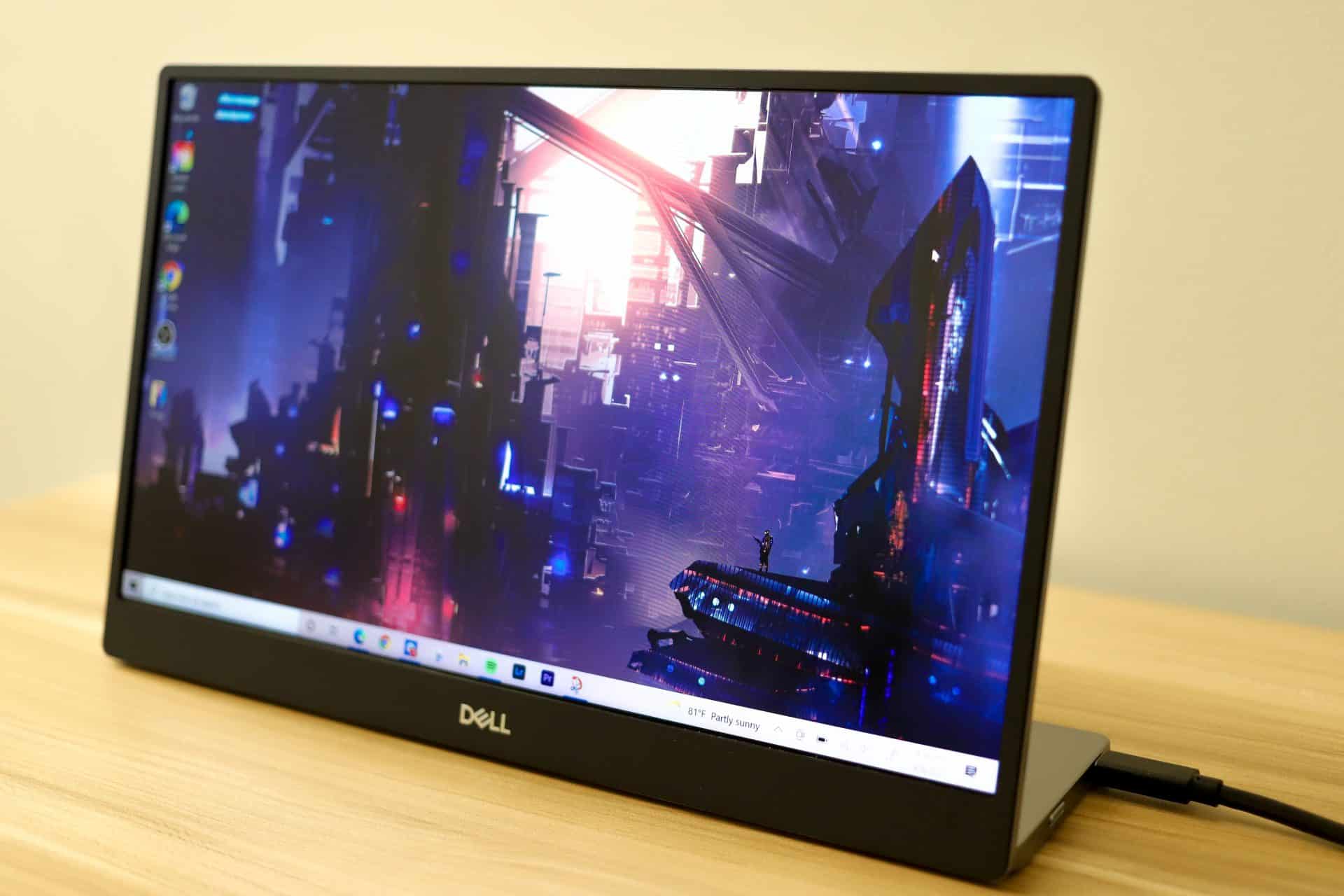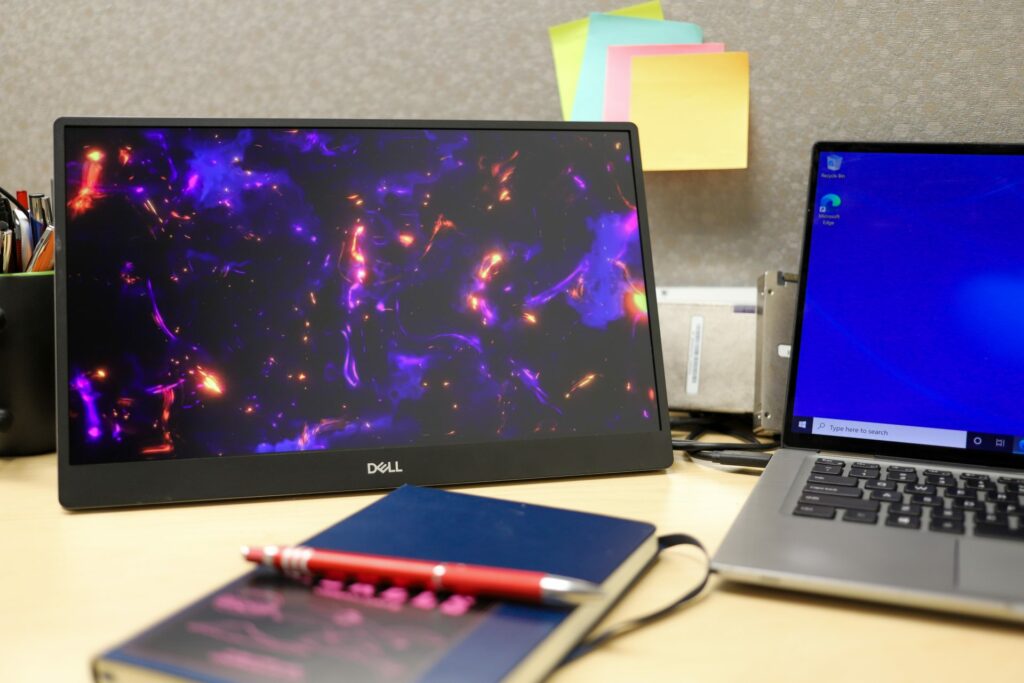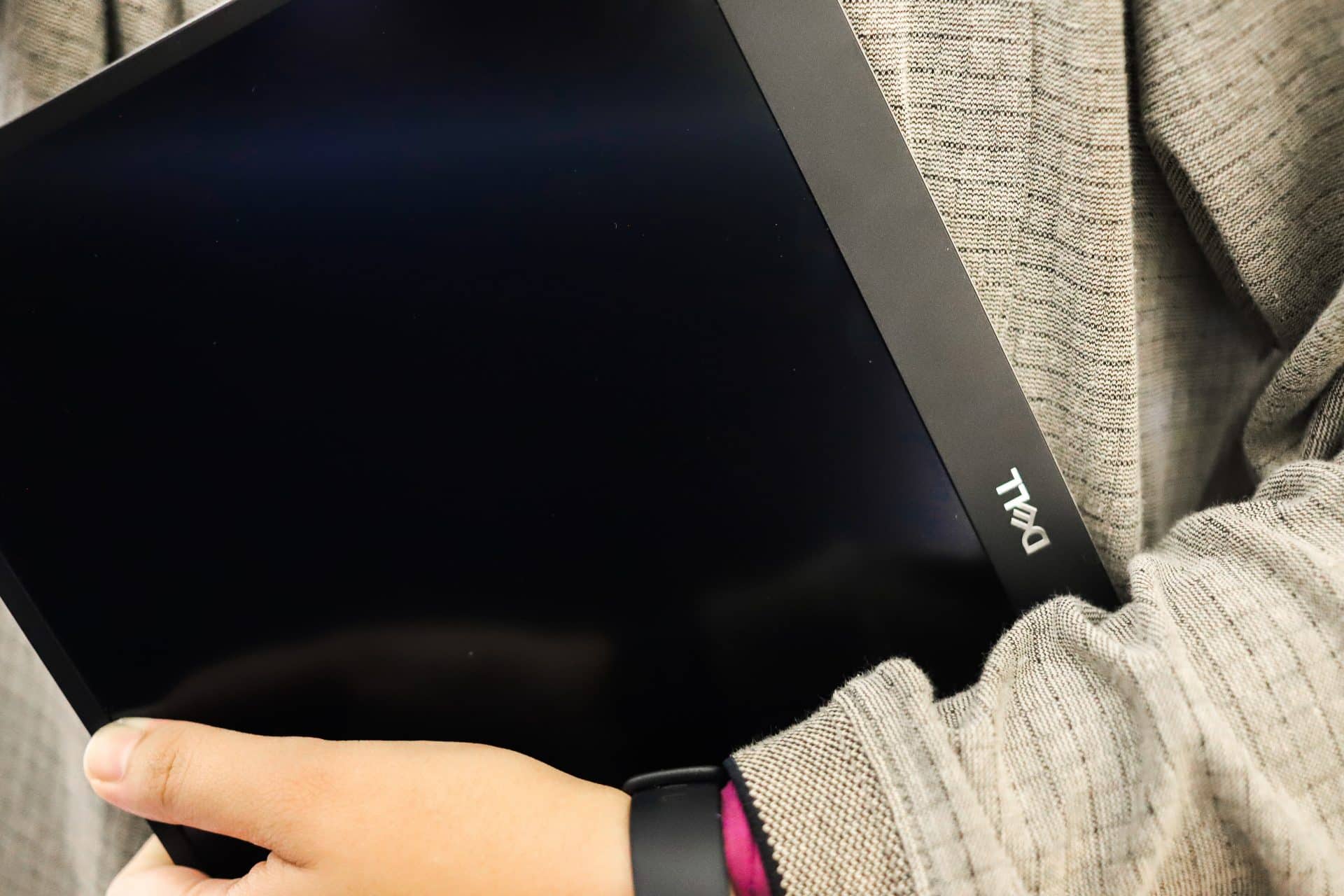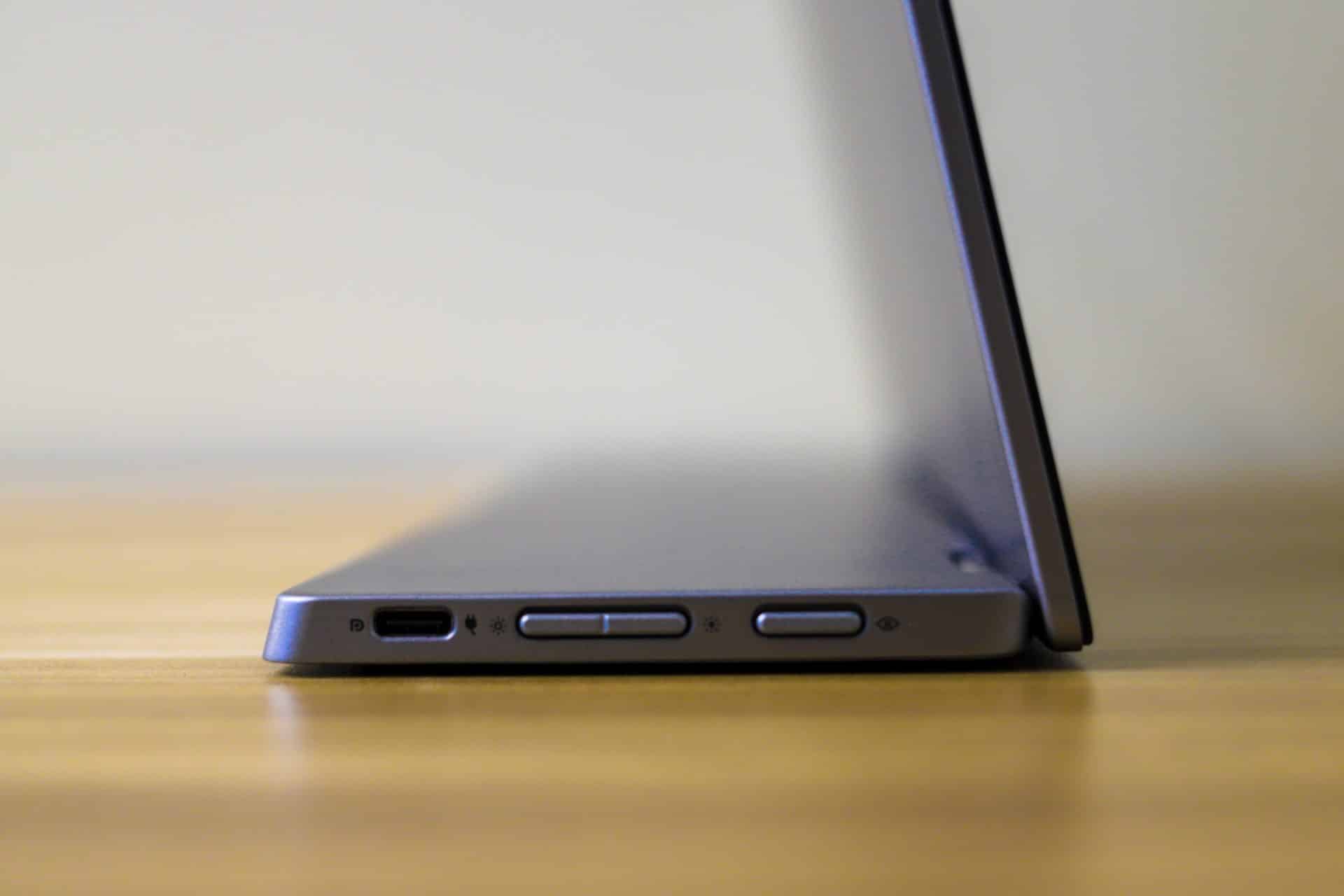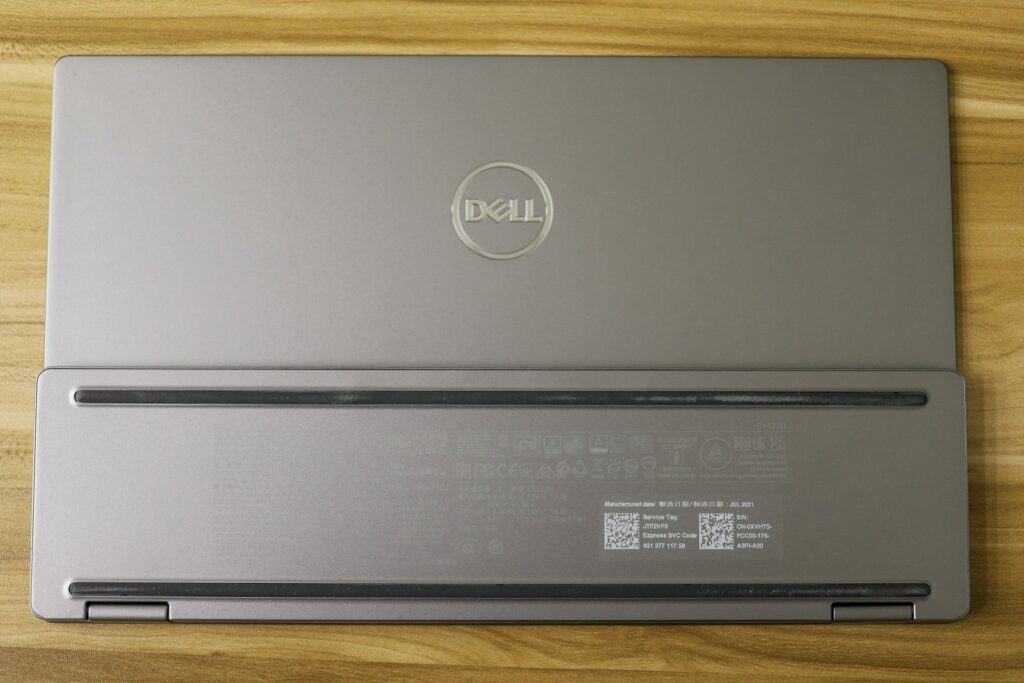As the work from home and abroad markets continue to grow, so does the amount of users turning to notebooks as their primary computers. While in a normal desk setting a traditional monitor makes sense, for someone constantly traveling, something portable may make more sense. In comes the new Dell 14 Portable Monitor (C1422H), which is a USB-C powered 14″ FHD panel designed to work with users on the go. In the StorageReview Lab we look at how this unique setup can work with a media professional.
As the work from home and abroad markets continue to grow, so does the amount of users turning to notebooks as their primary computers. While in a normal desk setting a traditional monitor makes sense, for someone constantly traveling, something portable may make more sense. In comes the new Dell 14 Portable Monitor (C1422H), which is a USB-C powered 14″ FHD panel designed to work with users on the go. In the StorageReview Lab we look at how this unique setup can work with a media professional.
We have seen one similar portable monitor in the lab previously when we looked at the Odake BladeX Pro 4K Battery Powered Monitor. In terms of fit and finish, the Dell solution is a bit easier for users to tackle, with just two input connections and being line-powered from the device it is connected to.
The Odake model was battery-powered, which sometimes caused headaches when it tried to feed power to notebooks, and the notebook would do it on and off for a few seconds at the time while the monitor was over-saturated. With most of these solutions still being near an outlet, or just looking at the 7.5-watt max power draw of the monitor, having the notebook power the display makes a bit more sense.
In terms of using it around the office, it has no problem connecting to different notebooks and immediately coming online. There is really no major setup needed or drivers involved. Plug it in, it comes to life and Windows sees it as a secondary panel. Windows itself handles mirroring, extended panel, alignment of workspaces, so the monitor is left up to its own devices.
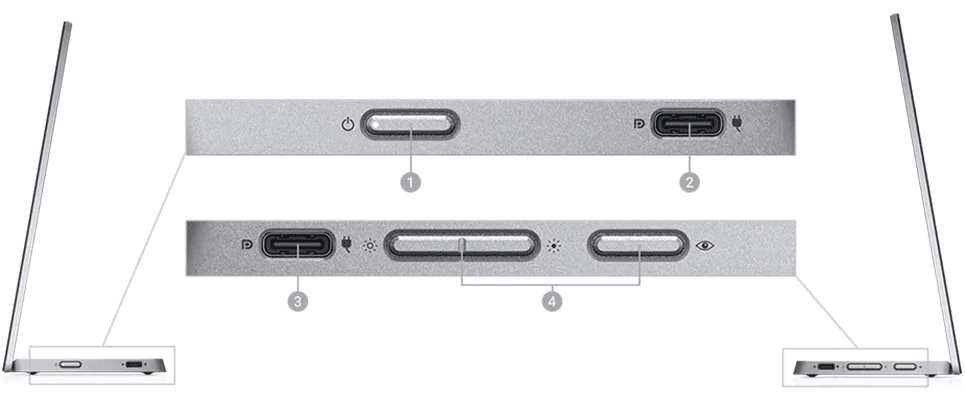
It’s also really easy to tote about, weighing in at just 1.30 pounds. It’s also extremely thin, down to 4.95mm thick at the most narrow spot. For the road warrior, it’s pretty simple to throw in the gear back with a workstation. For more standard office use, it’s easy to snag en route to a meeting or presentation where the extra display can aid in collaboration. Plus it comes with a handy pouch for travel.
As a secondary screen on the go, it really fills a nice void, although it’s not going to go head to head with a larger dedicated panel. As an FHD (1920×1080) panel, you won’t be pushing 4K down the wire to it, and it’s only an IPS panel with a 72% color gamut.
Overall though when you get around those design limitations, it’s hard to find a more compact secondary monitor form factor, with this level of quality. Any desktop-stand monitor is going to take up much more space and not fold down easily for travel. By comparison, this monitor folds flat and takes up about as much room as an ultra-portable 14″ notebook when it’s time to pack up.
The Dell 14 portable monitor comes to market at $350, with a 3-year advanced exchange program. For mobile professionals that can benefit from a second screen, this is a great option.
Engage with StorageReview
Newsletter | YouTube | LinkedIn | Instagram | Twitter | Facebook | TikTok | RSS Feed

